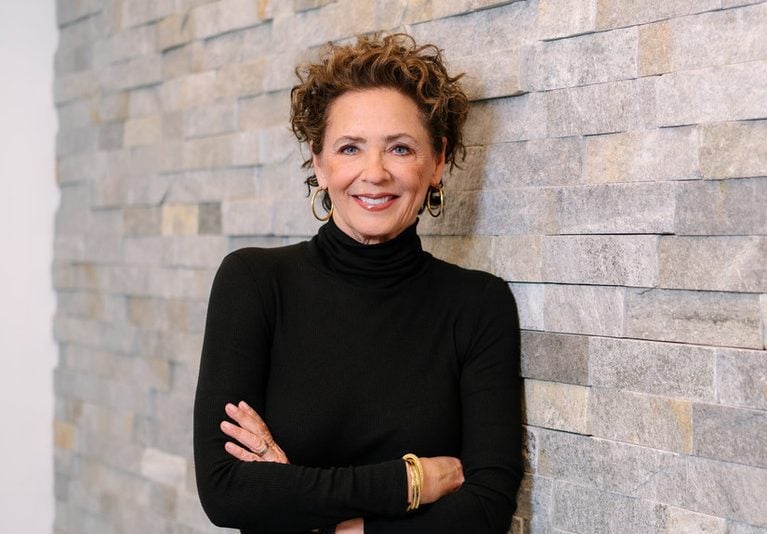MIAMI—The National Hurricane Center on Tuesday issued a warning. There's a weather system in the Atlanta ocean and 50-50 chance it will turn into a tropical cyclone. That could eventually turn into a full-blown hurricane and threaten Florida.
Against that backdrop, GlobeSt.com caught up with Evan Seacat, a senior director at Franklin Street, to get his take on what commercial real estate owners need to know in part one of this exclusive interview. Stay tuned tomorrow for part two, in which he will discuss when insurers usually stop writing policies and other issues you need to understand.
GlobeSt.com: Property owners may be getting complacent because we haven't had a major storm since 2005. What aren't they most likely to be overlooking or forgetting?
Seacat: With no hurricane to hit South Florida in the past 10-plus years, we are starting to see more and more clients self-insure for windstorm-hurricane insurance. If no lender is involved, companies are more willing to take the risk that they'll lose 100% of the property. They are also not insuring coverages that we feel are extremely valuable and important: loss of rental income with windstorm insurance and law-and-ordinance coverage.
GlobeSt.com: What in their corporate finances needs attention, given that windstorm policies never cover 100 percent of the damage and exclude items such as landscaping?
Seacat: Most windstorm policies in South Florida have either a 3% or 5% deductible. An owner with a $10 million building will pay out of pocket either $300,000 or $500,000 before the insurance policy kicks in.
We always recommend to our clients, “Be prepared for this. Have a reserve fund set aside in this instance.” This region has been extremely fortunate to see storms pass by our region, but that luck is going to run out and we need to start getting prepared.
GlobeSt.com: When shopping windstorm insurance, what should property owners be looking for in terms of deductibles and loss of rental income coverage?
Seacat: Insurance companies charge a higher premium for the lower of the two deductibles, but, in the event of a claim, the out-of-pocket expense is lower. Property owners should shop both deductibles to determine which best fits their budgets now and when a storm hits.
Many companies self-insure the loss of rental income. This is a huge risk.
If a hurricane displaces half of the tenants of an office, retail, or industrial center, the owner loses rental income for the two or three months before they can return. Property owners with coverage for lost rent should review the policy with their current insurance agents to ensure it is there. A lot of times an owner will have loss of rental income coverage but it will be special form excluding windstorm insurance. Now is the time to check, while storms are far at sea and weak.
Want more on this topic? Find out what hurricane lawyers and CPAs are saying in my recent exclusive column.
Steady gains in the US economy have resulted in net positives for the multifamily sector—will this wave continue for the foreseeable future? What's driving development and capital flows? Join us at RealShare Apartments on October 19 & 20 for impactful information from the leaders in the National multifamily space. Learn more.
MIAMI—The National Hurricane Center on Tuesday issued a warning. There's a weather system in the Atlanta ocean and 50-50 chance it will turn into a tropical cyclone. That could eventually turn into a full-blown hurricane and threaten Florida.
Against that backdrop, GlobeSt.com caught up with Evan Seacat, a senior director at Franklin Street, to get his take on what commercial real estate owners need to know in part one of this exclusive interview. Stay tuned tomorrow for part two, in which he will discuss when insurers usually stop writing policies and other issues you need to understand.
GlobeSt.com: Property owners may be getting complacent because we haven't had a major storm since 2005. What aren't they most likely to be overlooking or forgetting?
Seacat: With no hurricane to hit South Florida in the past 10-plus years, we are starting to see more and more clients self-insure for windstorm-hurricane insurance. If no lender is involved, companies are more willing to take the risk that they'll lose 100% of the property. They are also not insuring coverages that we feel are extremely valuable and important: loss of rental income with windstorm insurance and law-and-ordinance coverage.
GlobeSt.com: What in their corporate finances needs attention, given that windstorm policies never cover 100 percent of the damage and exclude items such as landscaping?
Seacat: Most windstorm policies in South Florida have either a 3% or 5% deductible. An owner with a $10 million building will pay out of pocket either $300,000 or $500,000 before the insurance policy kicks in.
We always recommend to our clients, “Be prepared for this. Have a reserve fund set aside in this instance.” This region has been extremely fortunate to see storms pass by our region, but that luck is going to run out and we need to start getting prepared.
GlobeSt.com: When shopping windstorm insurance, what should property owners be looking for in terms of deductibles and loss of rental income coverage?
Seacat: Insurance companies charge a higher premium for the lower of the two deductibles, but, in the event of a claim, the out-of-pocket expense is lower. Property owners should shop both deductibles to determine which best fits their budgets now and when a storm hits.
Many companies self-insure the loss of rental income. This is a huge risk.
If a hurricane displaces half of the tenants of an office, retail, or industrial center, the owner loses rental income for the two or three months before they can return. Property owners with coverage for lost rent should review the policy with their current insurance agents to ensure it is there. A lot of times an owner will have loss of rental income coverage but it will be special form excluding windstorm insurance. Now is the time to check, while storms are far at sea and weak.
Want more on this topic? Find out what hurricane lawyers and CPAs are saying in my recent exclusive column.
Steady gains in the US economy have resulted in net positives for the multifamily sector—will this wave continue for the foreseeable future? What's driving development and capital flows? Join us at RealShare Apartments on October 19 & 20 for impactful information from the leaders in the National multifamily space. Learn more.
Want to continue reading?
Become a Free ALM Digital Reader.
Once you are an ALM Digital Member, you’ll receive:
- Breaking commercial real estate news and analysis, on-site and via our newsletters and custom alerts
- Educational webcasts, white papers, and ebooks from industry thought leaders
- Critical coverage of the property casualty insurance and financial advisory markets on our other ALM sites, PropertyCasualty360 and ThinkAdvisor
Already have an account? Sign In Now
*May exclude premium content© 2024 ALM Global, LLC, All Rights Reserved. Request academic re-use from www.copyright.com. All other uses, submit a request to [email protected]. For more information visit Asset & Logo Licensing.









